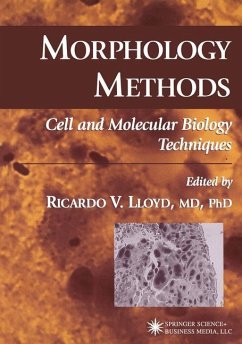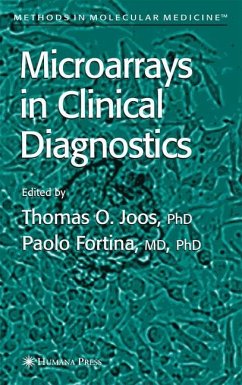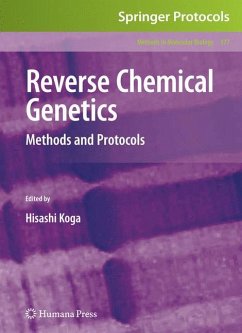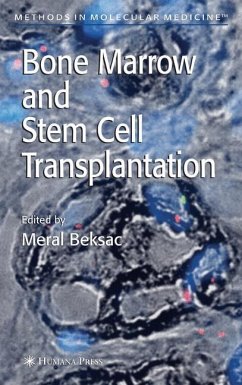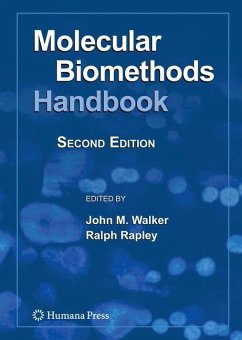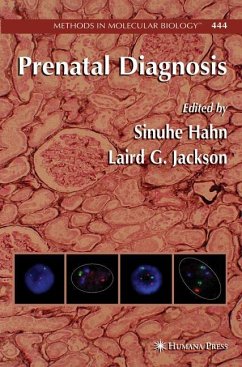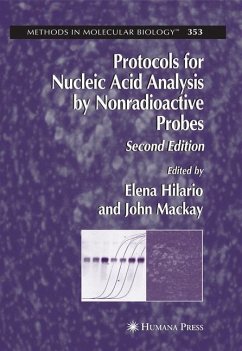
Morphology Methods
Cell and Molecular Biology Techniques
Herausgegeben: Lloyd, Ricardo V.

PAYBACK Punkte
57 °P sammeln!
The past several decades have witnessed an impressive array of conceptual and techno logical advances in the biomedical sciences. Much of the progress in this area has developed directly as a result of new morphology-based methods that have permitted the assessment of chemical, enzymatic, immunological, and molecular parameters at the cellular and tissue levels. Additional novel approaches including laser capture microdissection have also emerged for the acquisition of homogeneous cell popula tions for molecular analyses. These methodologies have literally reshaped the approaches to fundamenta...
The past several decades have witnessed an impressive array of conceptual and techno logical advances in the biomedical sciences. Much of the progress in this area has developed directly as a result of new morphology-based methods that have permitted the assessment of chemical, enzymatic, immunological, and molecular parameters at the cellular and tissue levels. Additional novel approaches including laser capture microdissection have also emerged for the acquisition of homogeneous cell popula tions for molecular analyses. These methodologies have literally reshaped the approaches to fundamental biological questions and have also had a major impact in the area of diagnostic pathology. Much of the groundwork for the development of morphological methods was estab th lished in the early part of the 19 century by Francois-Vincent Raspail, generally acknowledged as the founder of the science of histochemistry. The earliest work in the field was primarily in the hands of botanists and many of the approaches to the under standing of the chemical composition of cells and tissues involved techniques such as microincineration, which destroyed structural integrity. The development of aniline th dyes in the early 20 century served as a major impetus to studies of the structural rather than chemical composition of tissue. Later in the century, however, the focus returned to the identification of chemical constituents in the context of intact cell and tissue structure.





